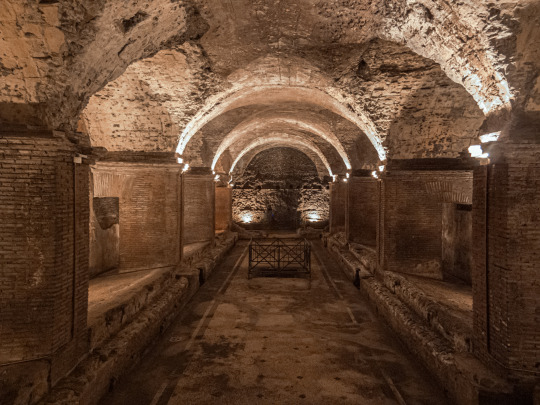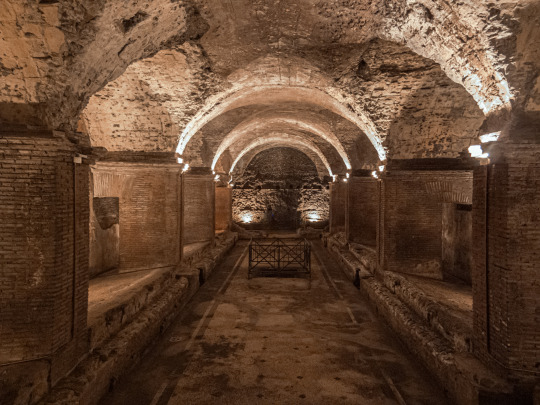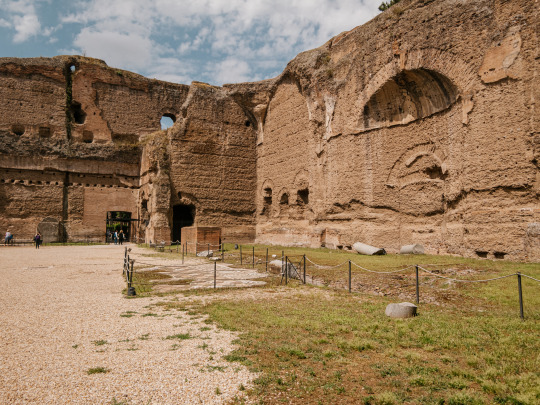Video

landscape archaeology assignment
Durham through the ages
2 notes
·
View notes
Video
youtube
could be used as a very important artefact relating to imagery and depiction of power
0 notes
Photo
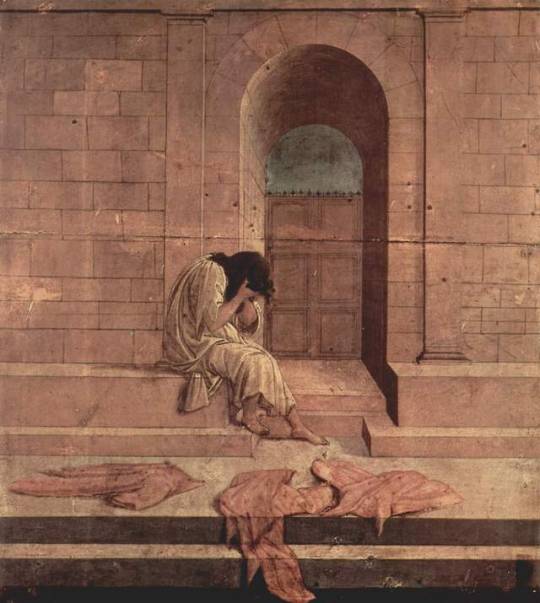
The outcast, 1496, Sandro Botticelli
Size: 41x47 cm
Medium: wood, tempera
554 notes
·
View notes
Text
Book Wishlist
Diocletian and the Roman Recovery by Stephen Williams
Pagan Rome and the Early Christians. By Stephen Benko
Martyrdom and memory: Early Christian culture making, EA Castelli - 2004
Understanding Early Christian Art By Robin Margaret Jensen
Galerius and the Will of Diocletian By William Lewis Leadbetter
Early Christian Art and Architecture By Robert Milburn
Power and Persuasion in Late Antiquity: Towards a Christian Empire By Peter Brown
Pagans and Christians: In the Mediterranean World from the Second Century AD By Robin Lane Fox
0 notes
Text
Christian Imagery
An idea could be how Diocletian is depicted, if he is depicted at all, in art from the period. To see how this can be linked to his actual policies and see how artists tried to capture his character.
Something very niche that would help my argument would be to find depictions of his in Christian art, and texts.
Potentially of help would be
The roots of early Christian imagery in the Roman Empire : archaeological and artistic evidence Perialis, Melanie (2010)
https://spectrum.library.concordia.ca/979248/
specifically artefacts from C3 and C4 AD
0 notes
Text
Christian Early patristics
danger of digression: moderate
it seems that the persecutions are a complex phenomenon to tackle, and a good understanding of what the Christian philosophy was crystallizing into is necessary.
I need to figure out what philosophical concepts are relevant and could be linked to the start of the persecutions. anything in particular debated at the time which might have provoked or attracted particular attention
the null hypothesis is that it’s unlikely this is a big factor, more probable is Diocletian being sanguine in nature and being spiked by Gallerius.
0 notes
Text
Aims
for now, 14-04-18:
exhaust everything Diocletian in German, French and Italian
figure out whether there is more literature on the elusive house-churches
figure out whether there are sites I can go and visit in order to assess myself any criteria or things that might have escaped researchers after reading thoroughly the hypotheses
write the 3000 w assignment
#mh is okay, could be better. i think of her every day
0 notes
Photo
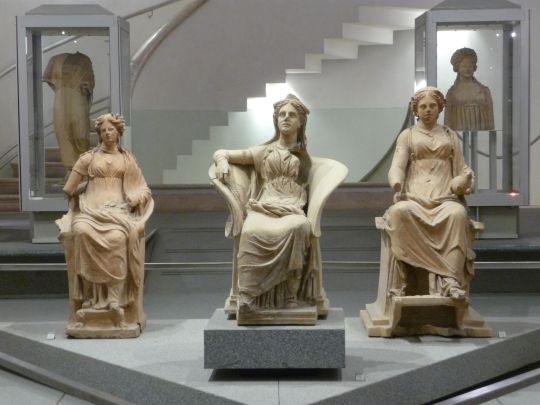



Baths of Diocletian - A Sanctuary of Ariccia
A sanctuary dedicated to Demeter and Kore, divine personifications of the generative forces of the earth. Demeter (middle) has a chitone and cloak sitting on a wide and decorated throne. The goddess is richly ornated with a diadem and with ears of corn crown and jewellery. She is holding in her hand some ears of corn which is a typical attribute of the divinity.
(museum info card)
Rome, June 2015
296 notes
·
View notes
Photo


Wenceslaus Hollar, The Baths of Diocletian (Thermae Diocletiani Ruinae), Rome, 1651.
307 notes
·
View notes
Photo

Hypothetical section of the Baths of Diocletian, Rome
122 notes
·
View notes
Photo

Temple of Aesculapius (Jupiter) in the Diocletian Palace in Split by Charles-Louis Clerisseau
French, after 1757
pen and Indian ink and brown wash, brush and brown and grey wash
State Hermitage Museum
350 notes
·
View notes
Photo
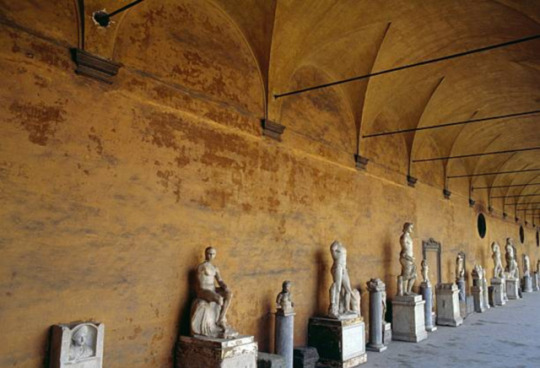
Roman statues in Michelangelo’s cloister, located in the restored Baths of Diocletian in Rome. Photo taken by gettyimages.
1K notes
·
View notes
Photo

Interior of the Jupiter Temple (Mausoleum) in the Palace of Emperor Diocletian in Split by Charles-Louis Clerisseau
French, 1757
pen and Indian ink and brown wash, brush and brown and grey was
State Hermitage Museum
14K notes
·
View notes
Photo


Pompey’s Pillar
Alexandria, Egypt
300 CE
30 m. high
Its name is misleading. This single column standing on a rocky hilltop in the middle of Alexandria has nothing to do with the Roman Consul and General Gaius Pompey who was Julius Caesar’s rival in a civil war and was murdered by a Ptolomaic pharaoh in 48 BC when he fled to Alexandria.
This legend was started by Crusaders, who thought the 100-foot (30 meter) red Aswan granite pillar marked his burial site. The pillar is instead the a triumphal monument erected around 300 CE for the Roman Emperor Diocletian, but the true significance of this archeological site is what stood here before the pillar.
It is the site of the Serapeum, Alexandria’s acropolis.
377 notes
·
View notes
